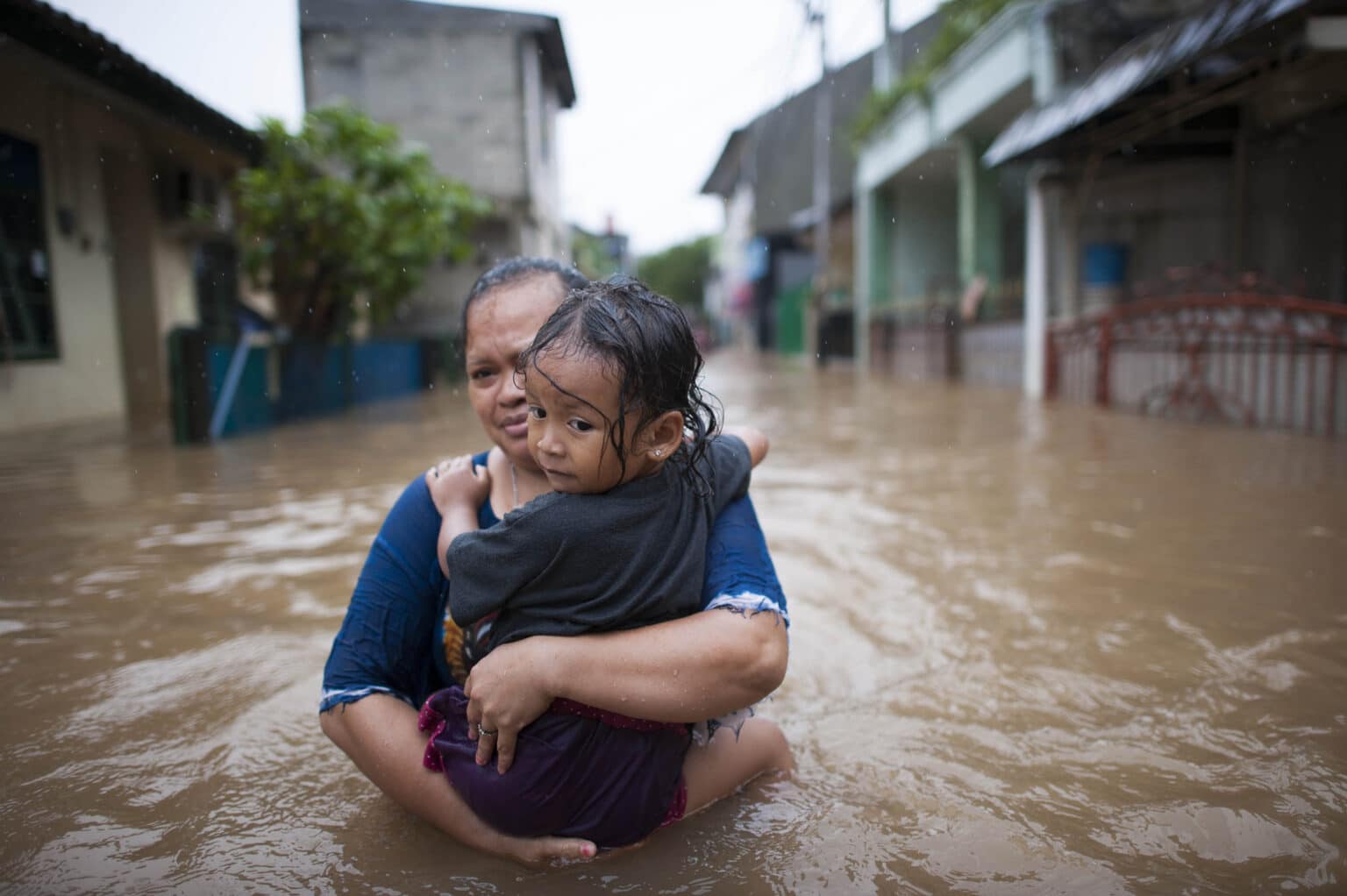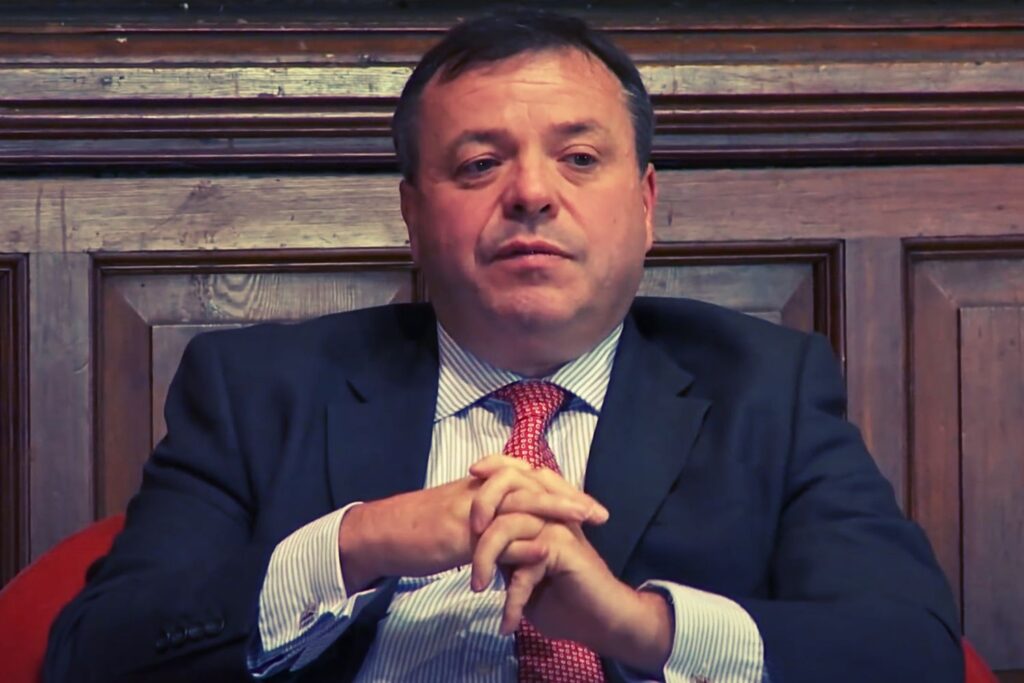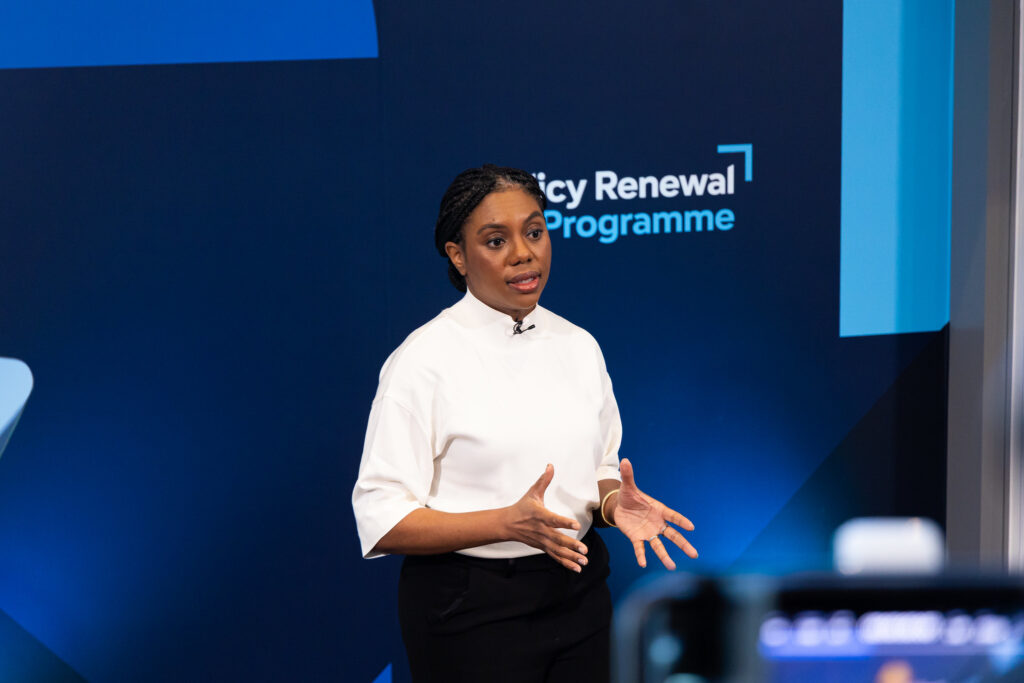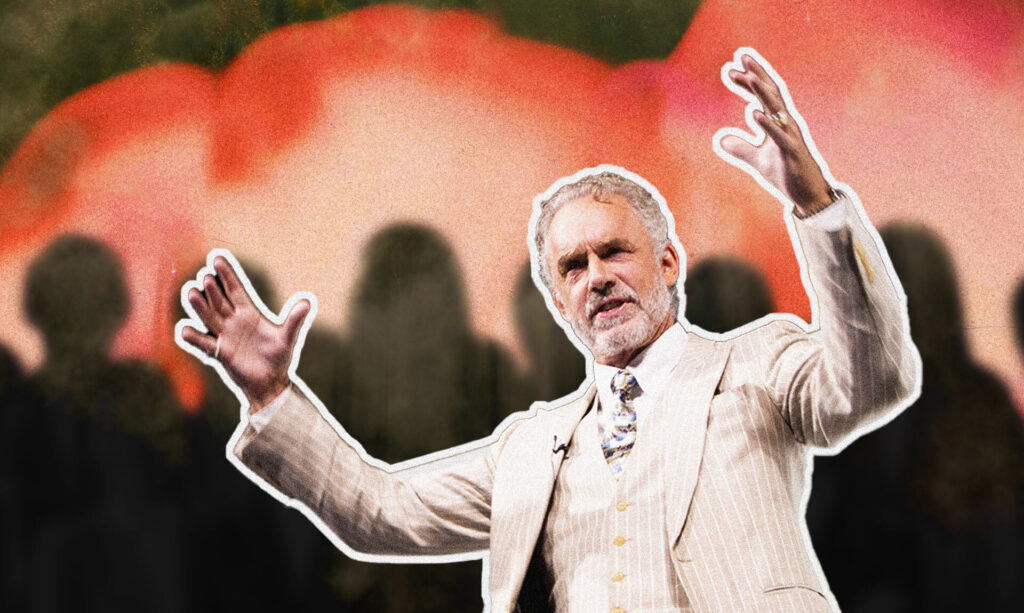Editor’s Note: This is part of a regular column, Gaslit, which navigates society’s dysfunctional relationship with fossil fuel disinformation. Have a tip or idea? Get in touch.
Recent extreme weather across the globe is showing us how rapidly the climate is changing in an increasingly warming world. Heatwaves are scorching Europe, the United States, North Africa, Siberia, and some parts of the Middle East and China. Last month, the worst heatwave ever recorded hit Japan. In Brazil, more than 20,000 people were displaced after heavy rainfall in May triggered floods and landslides. The month before, extreme rainfall and floods in South Africa killed more than 400 people. In Europe, Spain and Portugal are battling wildfires, while Italy is suffering from the worst drought in the past 70 years, with many municipalities rationing water.
Last week, the UK Meteorological Office issued its first-ever red warning for extreme heat in England which, according to reports from the Guardian, led to firefighters’ busiest day since the Second World War. On July 19th, the day the temperature in London passed 40 degrees Celsius for the first time in history, the Daily Mail, a leading British tabloid, published an editorial titled “Why can’t the Met Office just tell us the weather, instead of spreading alarm and scolding us with doom-laden lectures?” The author of the article is, as director of the climate science website Carbon Brief, Leo Hickman, noted, a consultant for “companies operating in the energy sector.”
Accusing people of alarmism has long been a favorite tactic of climate deniers and those who oppose climate action. And although more news outlets are beginning to cover the connection between extreme weather and climate change, the Daily Mail article is one among still too many actively hiding, ignoring, or misrepresenting this connection. In Italy, daily newspaper Il Mattino published multiple interviews with climate deniers saying the record heat is “influenced by the sun’s cycles” and “isn’t news.” A video showing people at the beach was embedded in the article; images of people enjoying beaches, ice creams, and fountains often accompany articles on extreme heat, not just in Italy.
“Heatwaves should not be covered with kids eating ice cream or romping around in fountains. Cover extreme heat as a threat not a vacation. We don’t cover the approach of a hurricane as great potential kite flying weather,” tweeted Marshall Shepherd, leading expert in weather and climate and director of the Atmospheric Sciences program at the University of Georgia.
The Daily Mail has – you've guessed it – given over its lead comment slot today to a writer attacking the "woke" "climate alarmist" Met Office.
— Leo Hickman (@LeoHickman) July 19, 2022
I'd never heard of him, though. So I googled him.
He's a "speech writer and consultant" for "companies operating in the energy sector" pic.twitter.com/kuslf0a0AA
Although more media outlets are increasingly covering more frequent and intense extreme weather events as symptoms of climate change, many experts are still tackling disinformation and efforts to downplay the link between the two. For instance, in an attempt to accuse the media of alarmism, during the recent UK heatwave, climate deniers shared a meme comparing two forecast maps, a green one and a red one, showing high temperatures on two different years in the UK. But the color difference between the maps was not, as climate deniers claimed, evidence of scaremongering and manipulation; it was a change intended to make British weather maps more accessible for viewers — a fact the meme left unsaid.
This is just one of the tactics climate deniers, including fossil fuel companies, politicians, and industry groups, have employed for decades — and still employ — to obscure the link between climate change and extreme weather or to put responsibility for addressing the situation on individuals.
Changing Extremes
One simple reason why it’s so easy to spread misinformation about the connection between climate change and extreme weather is that people often ignore the distinction between weather and climate. Weather refers to day to day or short term conditions, such as rain or wind, while climate is prevailing weather patterns or conditions of an area averaged over long periods of time.
Or, as Shepherd put it, “Weather is your mood, and climate is your personality.”
Increases in global temperature and greenhouse gas emissions can affect and alter weather patterns. In fact, there’s evidence that humans are contributing to changes in extreme weather.
Teasing out the impact climate change has on a specific extreme weather event can take time, but the connection is increasingly clear, accurate, and measurable through attribution science.
“In attribution, as the name suggests, what we are trying to do is pick out extreme events and then see how the event characteristics have been made more or less likely because of climate change,” explained Mariam Zachariah, an expert with World Weather Attribution and research associate at Imperial College London’s Grantham Institute for Climate Change and Environment.
An intense heatwave in India and Pakistan, which started in March and persisted into May, led to 90 deaths and an estimated 10 to 35 percent reduction in crop yields in three Indian states. According to an attribution study led by Zachariah, the early heat in India and Pakistan was made 30 times more likely by climate change.
It was in April – May 2022 in India & Pakistan. The extreme #heatwave a LST collected on April 29 shows max value exceeding 62°C/143°F. The world was silent because it was in global south.
— Licypriya Kangujam (@LicypriyaK) July 21, 2022
Now the world seems wake up when Europe now hit with 42⁰C /107.6⁰F.#ClimateEmergency pic.twitter.com/0eaqCrQM2J
“What this means is that, in the current climate, [the heatwave] occurs once in a hundred years, but in a pre-industrial climate, it would have been one in 3,000,” Zachariah said. “We also looked at what it would entail in the future, when it’s 2 degree[s] Celsius warmer, and we found that it would again be made a further eight times more likely compared to today.”
A new analysis led by Zachariah also found that the UK heatwave in July was made at least 10 times more likely by climate change.
Climate change is making events like heatwaves, heavy rainfall, and rain-driven flooding more frequent and severe in many parts of the world. In some areas, including the Mediterranean, southern Africa, central and eastern Asia, and western North America, droughts are becoming more common and severe due to climate change, which also increases the probability of fires occurring and total burned area in some parts of all continents. Water and forest management, and other human factors, contribute to the severity and likelihood of these events.
“One of the last remaining fronts in the attack on [climate] science is to attack and undermine public understanding of that connection with extreme weather events.”
– Michael E. Mann
“It’s the extreme weather events that really connect the dots for the public, and that’s why, for a number of years, we’ve seen weather presenters and meteorologists targeted,” said world-renowned climate scientist and author Michael E. Mann. “One of the last remaining fronts in the attack on [climate] science is to attack and undermine public understanding of that connection with extreme weather events.”
While the articles denying the connection between extreme weather and climate change may seem to be isolated, many are the consequence of a collective effort by the fossil fuel industry and their allies, including conservative politicians, lobbies, PR firms, and consulting groups that specialize in Astroturfing.
“The climate disinformation machine, fossil fuel interests, those promoting them, have worked hard to cultivate a sort of contrarian mindset among broadcast journalists and meteorologists, and they have targeted scientists who connect the dots,” Mann said. “There is a huge army of bots and trolls that have been released to flood Twitter with climate change disinformation to deny the connection [of climate change] with these extreme weather events.”
Francisco Aquino, climatologist and director of the geography department at Universidade Federal do Rio Grande do Sul in Porto Alegre, Brazil, echoed this. Brazil’s extreme flooding in May was “intensified by climate change,” he said, and although this connection was mostly covered in the media, “there is a lot of misinformation about extreme events and climate change in Brazil, especially on social networks.”
Big Oil’s History of Trying to “Stymie Discussion”
According to Climate Investigations Center founder and director Kert Davies, climate deniers have tried to “stymie discussion” of extreme weather events and climate change for over 20 years.
“In the nineties, President Clinton held a session at the White House where Vice President Al Gore spoke to TV weathercasters. He was basically demanding that they start to talk about climate change on TV,” Davies said. “The backlash [from deniers] was intense. A few years later, I interviewed someone who attended the event and he said, ‘We all knew it was real, but it was too political to talk about on TV.’”
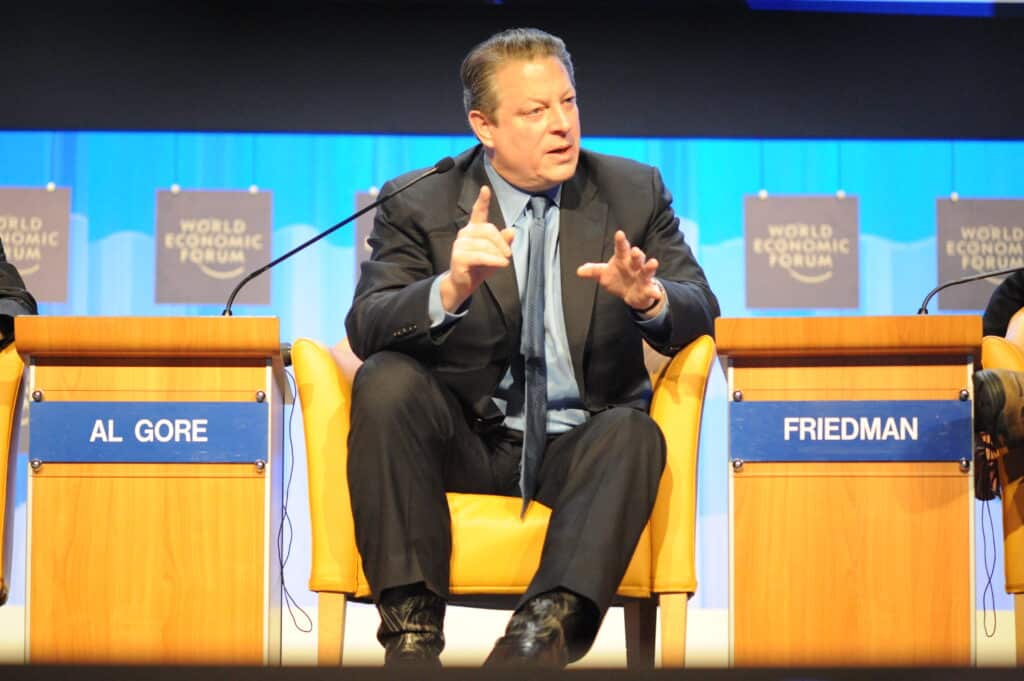
Davies noted that fossil fuel interests were conducting operations of their own. In October 1998, the Cooler Heads Coalition, backed by the Exxon-funded Competitive Enterprise Institute (CEI), put together a “Media and Congressional Briefing” titled “Extreme Weather and Climate Change.” Around the same time, the group published an article refuting the idea that weather variations were becoming more extreme, and stated on its website that “those who would like to see massive cuts in energy use associate bad weather with global warming in an effort to promote their cause.”
Many companies were aware of the potential effects of increasing greenhouse gas emissions and global temperatures on climate. Nevertheless, they actively worked to spread the message that global warming had no impact on weather, and that their own activity had absolutely nothing to do with altering future climate. In 2006, the DCI Group, a lobbying company employed by ExxonMobil, spearheaded a campaign to “suppress” connections between hurricanes and climate change in the public debate, Davies said.
At the same time, fossil fuel companies have worked to insulate themselves from extreme weather. According to the complaint in the Massachusetts vs. ExxonMobil lawsuit, while the company funded a campaign to deny climate change in public, in private it relied on climate science and models to “prospect for fossil fuels” and “protect fossil fuel infrastructure.”
In the 1990s, Shell predicted a “series of violent storms” that would hit the U.S. East Coast around 2010, and acknowledged the risks of climate change, but lobbied behind the scenes to obstruct regulation. After the particularly destructive 2005 and 2008 hurricane seasons, ExxonMobil, Chevron, and BP all prepared alternate sites for business operations, control centers, and data systems in parts of the United States not vulnerable to hurricanes. Fossil fuel companies have recognized the threat of climate change and extreme weather enough to raise their platforms because of sea level rise, build seawalls and floating gates, and publish climate resiliency reports — but not enough to stop fossil fuel expansion and start decarbonization.
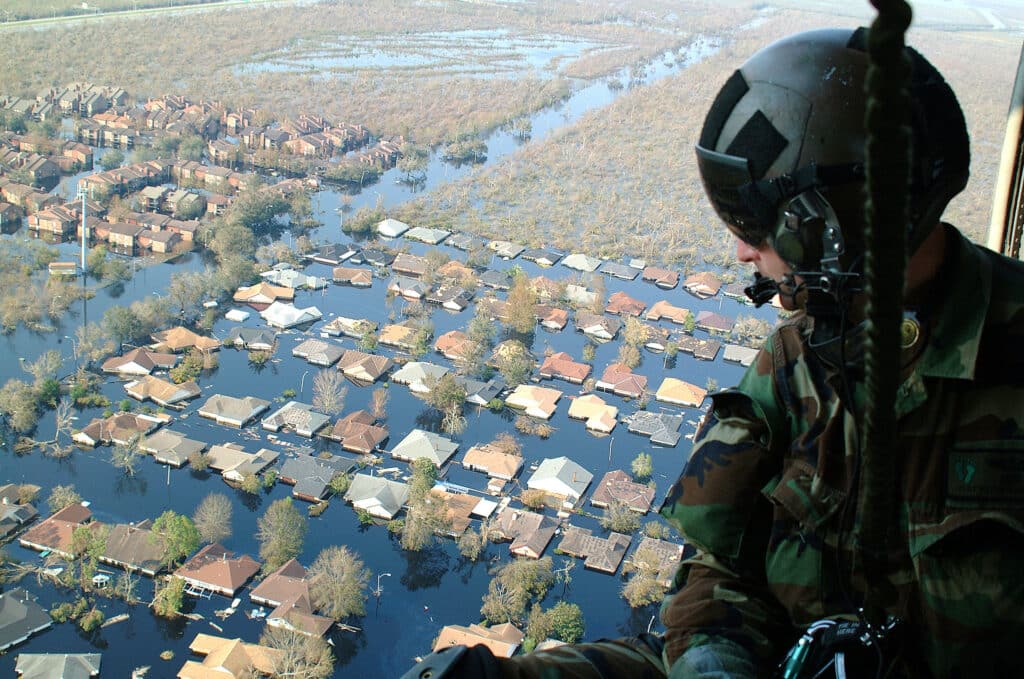
It’s not just the companies. Insurers are channeling enormous amounts of money to insure pipelines, plants, and fossil fuel projects against climate risks — which the businesses they’re insuring are contributing to. At the same time, insurance companies in the United States are increasingly dropping homeowners in some areas due to wildfire risk.
Deny, Distract, Doubt
The fossil fuel industry and the entire climate denier “infrastructure” have created a “top-down approach,” environmental philosopher and public health scientist Yogi Hendlin said, for precise messaging on extreme weather. Two amongst the strategies in this approach: communicating that weather is completely unrelated to climate change, and redirecting responsibility for mitigation and adaptation to extreme weather events from the industry and political leaders to individuals.
“What’s actually gonna make a difference is not to have individuals go to the beach, or get air conditioning, or have all these individual solutions, but to stop fossil fuels and to turn off the pipeline,” said Hendlin, adding that not everyone has equal access to these individual measures.
Climate deniers and those interested in obstructing climate action are also using the complexity of attribution science to create confusion and sow doubt regarding the connection between extreme weather and climate change.
According to climate scientist Daniel Swain, who specializes in studying extreme events, this complexity is often exploited intentionally. “It’s very strategic,” Swain said. “Misinformation on extreme weather is very nuanced and rhetorical. It’s more insidious [than general climate misinformation] because — I’ll borrow a term from Stephen Colbert 15 years ago — ‘the truthiness’ is high. It sounds like it’s real. And I understand why people believe it.”
“Misinformation on extreme weather is very nuanced and rhetorical…. It sounds like it’s real.”
– Daniel Swain
Swain explained that this type of misinformation usually involves taking a statement out of context. In fact, sometimes the statements may even be technically true but completely irrelevant or fundamentally misleading.
“The classic one is, ‘the number of hurricanes making landfall in the U.S. hasn’t increased in the 20th century.’ This is used to say that, therefore, climate change isn’t affecting hurricanes. This logical leap is simply false but it sounds plausible because the statement itself is true,” Swain said.
“There was never a prediction that climate change would increase the number of hurricanes. In fact, there’s some evidence that climate change may decrease the number of hurricanes,” he said. “At the same time, there’s evidence that climate change already has increased the amount of rainfall that occurs in hurricanes, the maximum wind speed of hurricanes, the potential maximum intensity of hurricanes.”
Arguments such as this one play on both logical fallacies and cognitive biases. According to Marshall Shepherd, atmospheric sciences expert at the University of Georgia, even if there is “really compelling evidence,” people struggle with the “two sides of the ledger.”
“They struggle with the fact that climate change will lead to more intense and frequent drought and extreme rainfall, for example,” Shepherd said. “I think they want it to be one or the other. People think very linearly but our climate system is a nonlinear system.”
Issues around extreme weather and climate change aren’t isolated to misinformation by fossil fuel companies or climate deniers, though. Governments tend to scapegoat when it comes to extreme weather and natural disasters, said Tyler Schuenemann, visiting assistant professor of political science at the College of the Holy Cross in Massachusetts. He has observed this tendency in countries such as Oman and the United States.
“I think what’s happening is that you have a government that has vested interest in convincing people that the status quo is good. And so when a disaster happens, you have to treat that not as a symptom of something that you’re doing wrong, but just as [a] momentary blip,” Schuenemann said. “‘There’s nothing wrong here, we got a little sick and now we’re going to recover.’”
For example, as Mann notes in his book “The New Climate War”, the government of Australian Prime Minister Scott Morrison acted to distract the public from the conversation on climate change and the bushfire crisis. In 2019, Morrison suggested that there was no “credible scientific evidence” that an increase in national emissions would have an effect on the severity of fires. Months before, David Littleproud, minister for drought and natural disasters, said he doesn’t “know if climate change is manmade.”
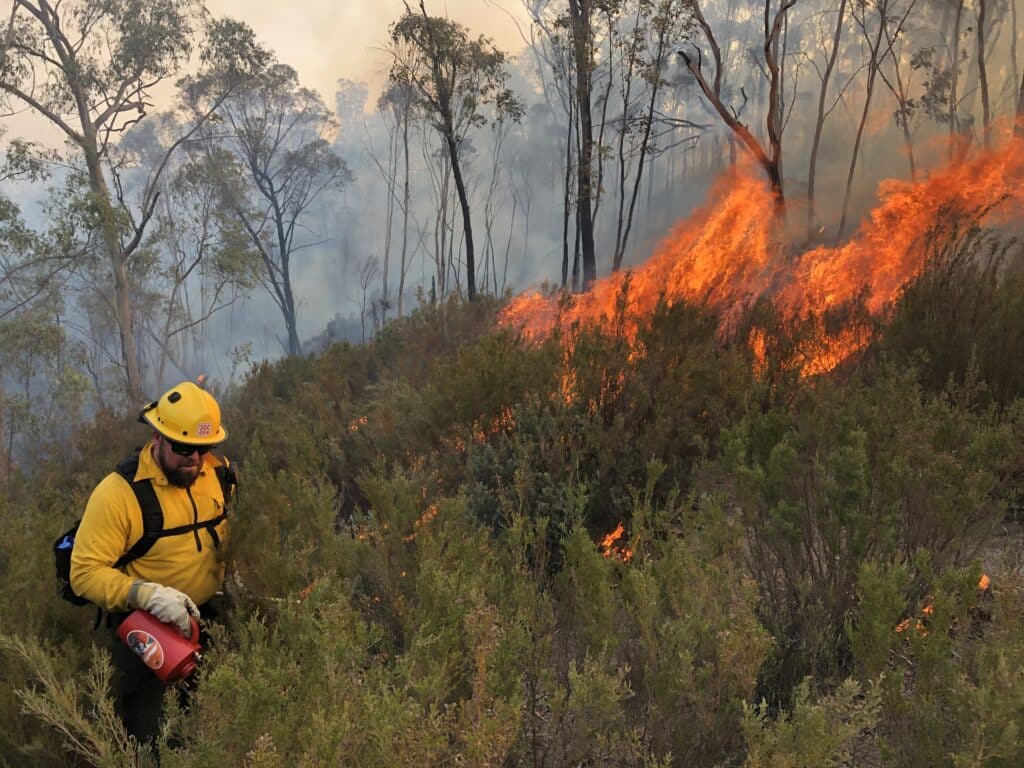
Furthermore, Morrison’s government neglected requests by fire chiefs for funding on the equipment needed to face the firestorms. Inaction by political leaders to address the causes of intensifying extreme weather compounds with the lack of resources for crisis management and preventive action to address community and ecological vulnerabilities, to make the effects of these weather events worse.
“We’re missing the story about how our own elites are neglecting acting, and very easy things that could be done to make our communities safer from [extreme weather],” Schuenemann said. “We have economic systems in place that make a lot of communities extremely vulnerable to natural disasters. And it doesn’t have to be that way.”
Mann believes that for people in positions of power, extreme weather events of the magnitude we’re seeing or experiencing this summer should be what he calls “teachable moments” — not merely “temporary,” as the Italian minister of ecological transition said of the drought in Italy.
“The teaching moments in the case of climate change would seem to be plentiful,” he writes in “The Madhouse Effect”. “Droughts, storms, heat waves, and deluges that have been made devastating, unprecedented, extreme and historic because of climate change and provide a glimpse of even worse things to come if we continue our current way of doing things.”
“Changing the Public Narrative”
Science has been telling us about the effects of climate change for decades, but you don’t necessarily need to understand science today to understand that the planet is warming. The evidence for it is all around, even if you’re not personally affected by more intense or frequent extreme weather. In parts of the world, like the global south, which are particularly vulnerable to extreme weather and climate change threats, these effects have been evident for years, despite a lack of interest or coverage from the media.
In Bangladesh, climate change is “triggering” more extreme weather in many areas, said Zion Bodrud-Doza, operations and business development manager at the International Centre for Climate Change and Development (ICCCAD) in Dhaka, Bangladesh. For example, climate change has significantly increased coastal flood risk and is likely affecting monsoon patterns, he explained. People have developed an understanding of this connection because they are increasingly physically affected by climate change impacts, he said.
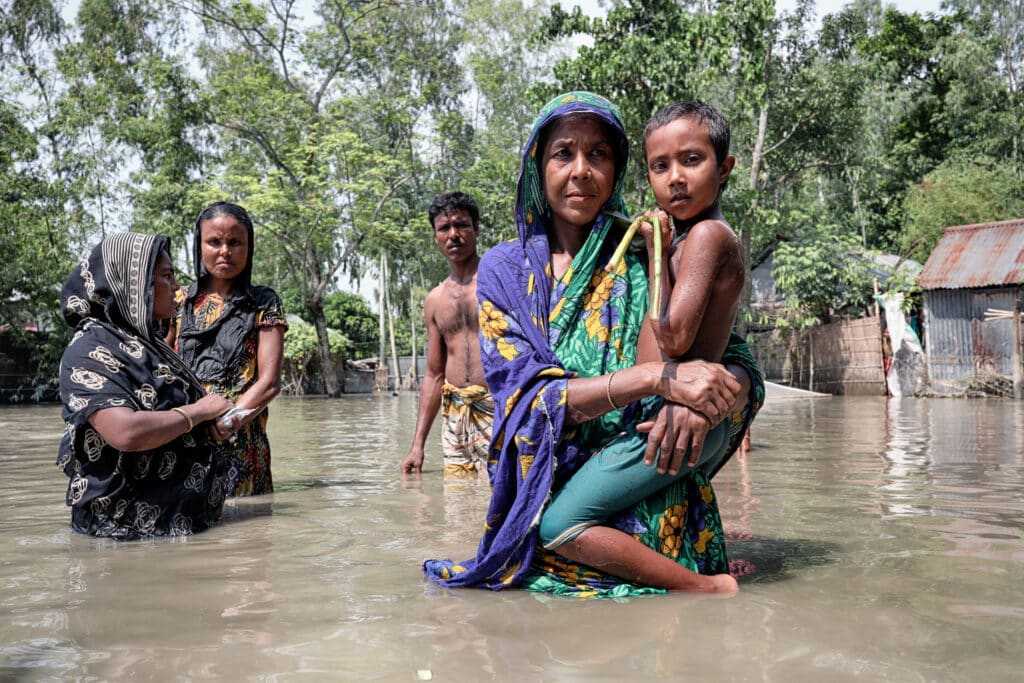
Swain echoed this. “I think that the thing that really matters is people’s experiential trend over time. It is sufficiently obvious that what you’re experiencing now is something that you didn’t used to experience either with this intensity or this frequency. And I think that’s where it gets harder to deny.”
Another part of effectively communicating extreme weather, he believes, is focusing on historical trends. “When London hits 40 degrees C … it’s not just that nobody alive has experienced that in London, but nobody alive in dozens and dozens of generations, perhaps hundreds, maybe even thousands of generations before them haven’t experienced a day as hot as the 19th.”
Although there are some partisan differences, a recent survey has shown that large shares of Americans experiencing rising sea levels or extreme weather — including droughts, floods, or intense storms — believe that climate change contributed either a lot or a little.
“For so long, the [climate change] narrative was about something way off in the distance,” Shepherd said. “But attribution science and the fact that we see the DNA of climate change in extreme weather today, that is what I think is also changing the public narrative.”
Subscribe to our newsletter
Stay up to date with DeSmog news and alerts


